The mesmerizing, utterly unclassifiable science films of Jean Painlevé have to be seen to be believed: delightful, surrealist-influenced dream works that are also serious science. The French filmmaker-scientist-inventor had a decades-spanning career in which he created hundreds of short films on subjects ranging from astronomy to pigeons to, most famously, such marine-life marvels as the sea horse and the sea urchin. The Sounds of Science consists of eight short documentary-style films that Jean Painlevé shot underwater.
Hyas and Stenorynchus
France, 1931, 13', DCP, b&w
French with Turkish subtitles
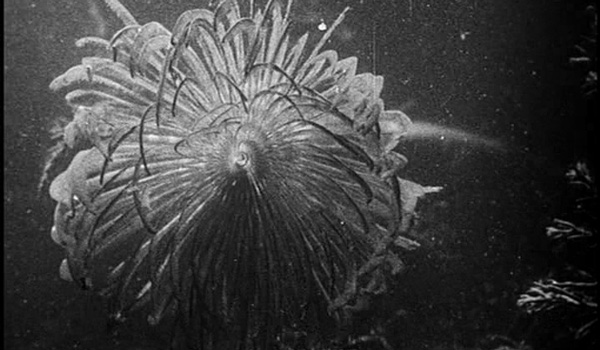
The spider crab, a crustacean with long and thin legs, is different from his cousin the macropodia, who is less gracious. But both have the same habit of covering their bodies with sponges or algae. The commentary insists humorously on this animal fashion show by multiplying comparisons with fashion.
The Sea Horse
France, 1934, 14', DCP, b&w
French with Turkish subtitles
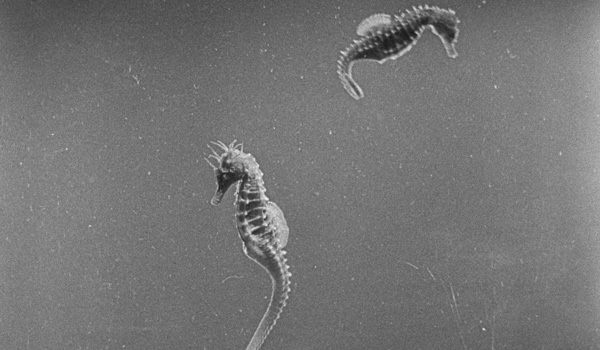
Examines the sea horse, the only fish that swims upright. We watch it use its prehensile tail to wrap around plants and other sea horses.
Sea Urchins
France, 1958, 11', DCP, color
French with Turkish subtitles
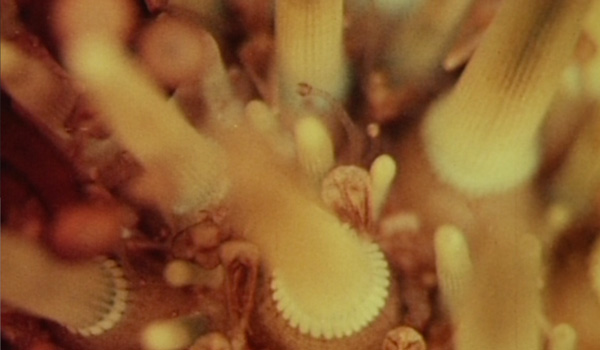
Regular underwater photography, magnified close-ups, and film through a microscope present sea urchins.
How Some Jellyfish Are Born
France, 1960, 14', DCP, b&w
French with Turkish subtitles
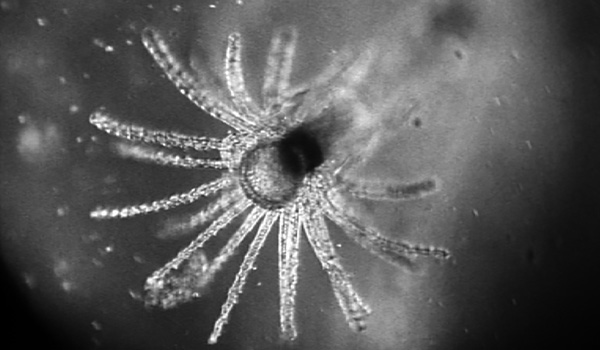
Intended as a research film, Painlevé turned his footage into a film for the general public as he found the subject sufficiently intriguing to show to general audiences as it features some rare microscopic species of jellyfish.
Shrimp Stories
France, 1964, 10', DCP, color
French with Turkish subtitles
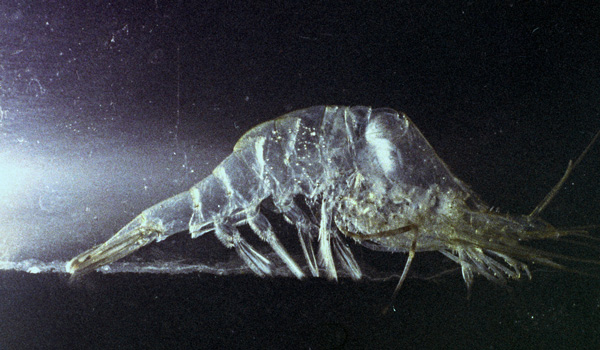
Shrimp Stories starts with a surrealist scene on a beach in Brittany. The film presents the life of a shrimp. The beauty of the drawings on its almost translucent body is revealed by Jean Painlevé’s camera and special lightings.
The Love Life of the Octopus
France, 1967, 14', DCP, color
French with Turkish subtitles
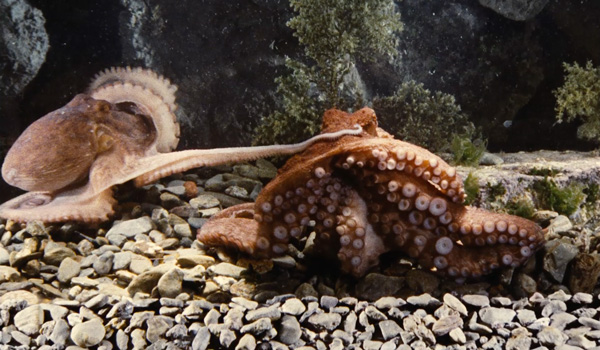
Whereas in the silent film The Octopus (1928), Jean Painlevé insisted on the plastic and static aspects of the animal, here he deals with the dynamism of the octopus’ movements. The filming of The Love Life of the Octopus lasted ten years, the month of August being the only month in the year to observe the egg laying and the evolution of the eggs of the Octopus Vulgaris.
Acera or The Witches’ Dance
France, 1972, 15', DCP, color
French with Turkish subtitles
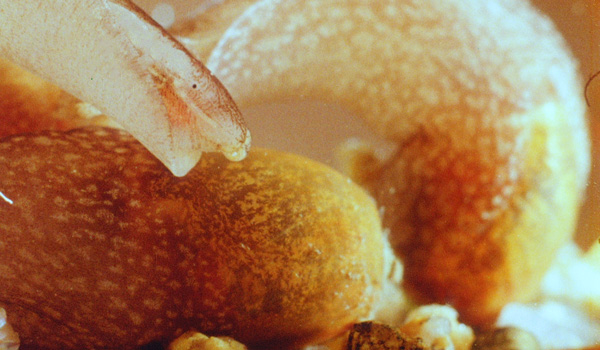
In mud flats along the coast of Brittany we watch acera, small ball-shaped mollusks that are about two inches in diameter. They rest in mud; then, in water, they dance, their skirt-like hood spreading like a dervish's cassock. They spin and spin.
Liquid Crystals
France, 1978, 7', DCP, color
French with Turkish subtitles
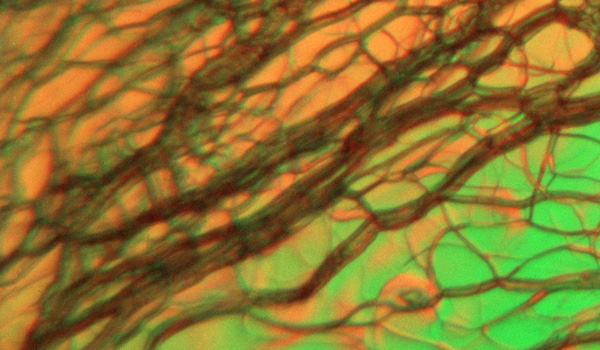
Microscopic study of the molecular structure of liquid crystals and their multicolour dispositions.
This program’s screenings and events are free of admissions. Drop in, no reservations. As per legal regulations, all our screenings are restricted to persons over 18 years of age, unless stated otherwise.
Tuesday - Saturday 10:00 - 19:00
Friday 10:00 - 22:00
Sunday 12:00 - 18:00
The museum is closed on Mondays.
On Wednesdays, the students can
visit the museum free of admission.
Full ticket: 300 TL
Discounted: 150 TL
Groups: 200 TL (minimum 10 people)